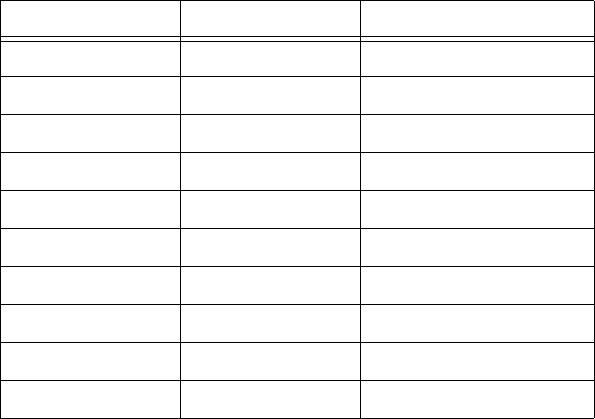
Chapter 2 Hardware Overview
NI 5911 User Manual 2-6 ni.com
Like any other type of converter that uses noise shaping to enhance
resolution, the frequency response of the converter is only flat to its
maximum useful bandwidth. The NI 5911 has a bandwidth of 4 MHz.
Beyond this frequency, there is a span where the converter acts resonant
and where a signal is amplified before being converted. These signals are
attenuated in the subsequent digital filter to prevent aliasing. However,
if the applied signal contains major signal components in this frequency
range, such as harmonics or noise, the converter may overload and signal
data will be invalid. In this case, you will receive an overload warning. You
must then either select a higher input range or attenuate the signal.
How Flexible Resolution Works
The ADC can be sourced through a noise shaping circuit that moves
quantization noise on the output of the ADC from lower frequencies to
higher frequencies. A digital lowpass filter applied to the data removes all
but a fraction of the original shaped quantization noise. The signal is then
resampled to a lower sampling frequency and a higher resolution. Flexible
resolution provides antialiasing protection due to the digital lowpass filter.
Table 2-2. Available Sampling Rates and Corresponding Bandwidth
in Flexible Resolution Mode
Sampling Rate Resolution Bandwidth
12.5 MS/s 11 Bits 3.75 MHz
5MS/s 14 Bits 2MHz
2.5 MS/s 15.5 Bits 1MHz
1MS/s 17.5 Bits 400 kHz
500 kS/s 18 Bits 200 kHz
200 kS/s 18.5 Bits 80 kHz
100 kS/s 19 Bits 40 kHz
50 kS/s 19.5 Bits 20 kHz
20 kS/s 20.5 Bits 8kHz
10 kS/s 21 Bits 4kHz


















